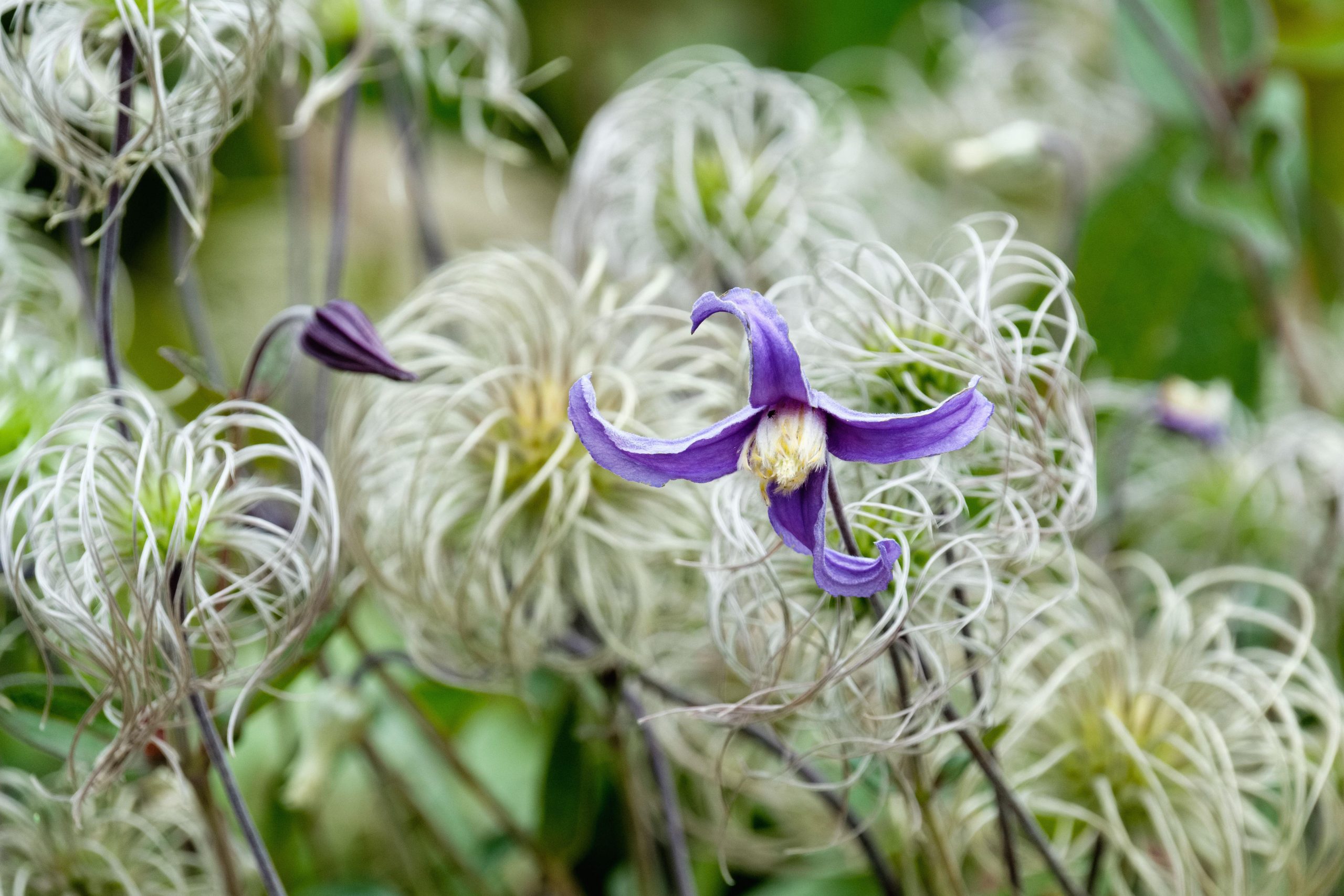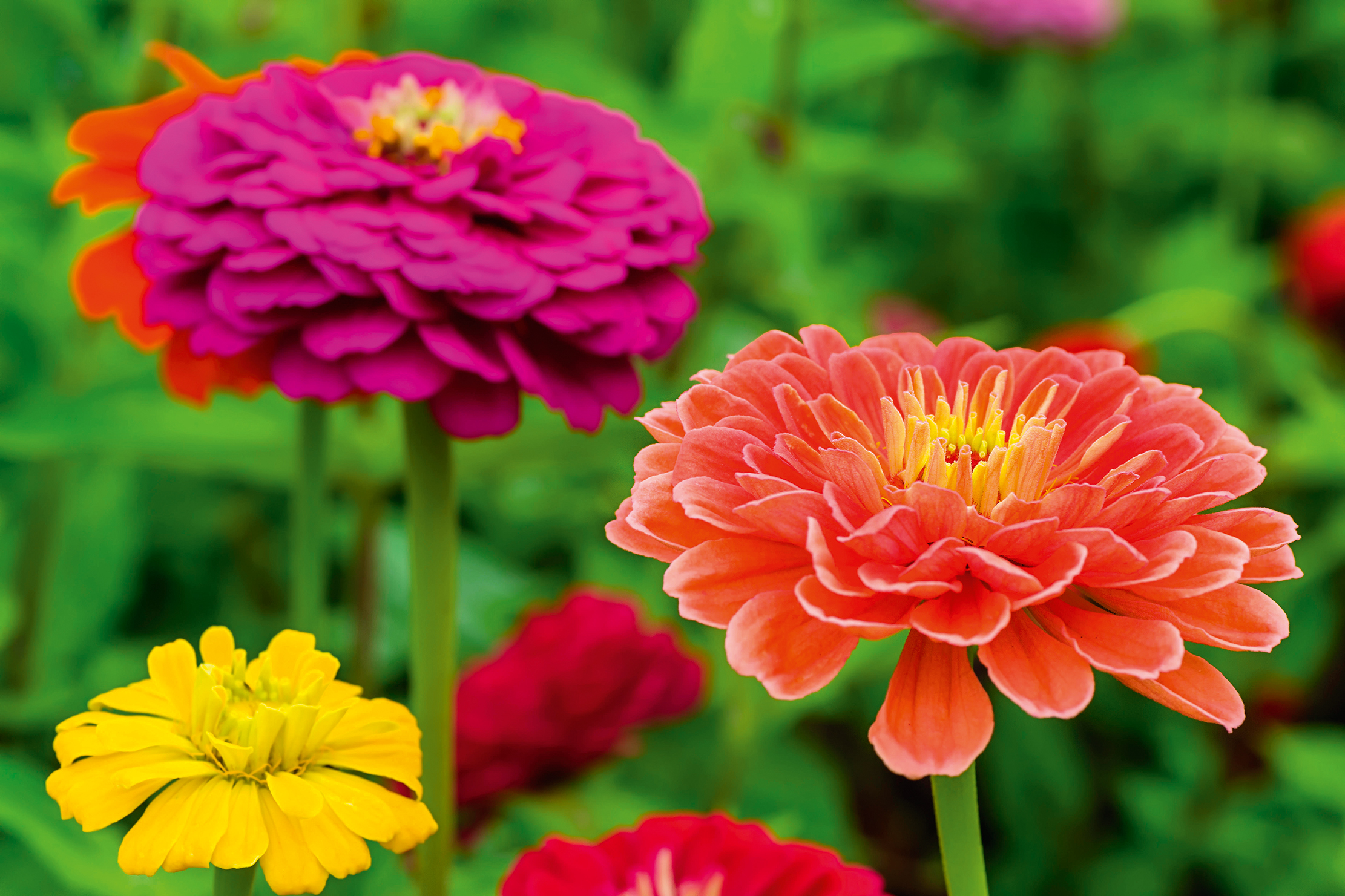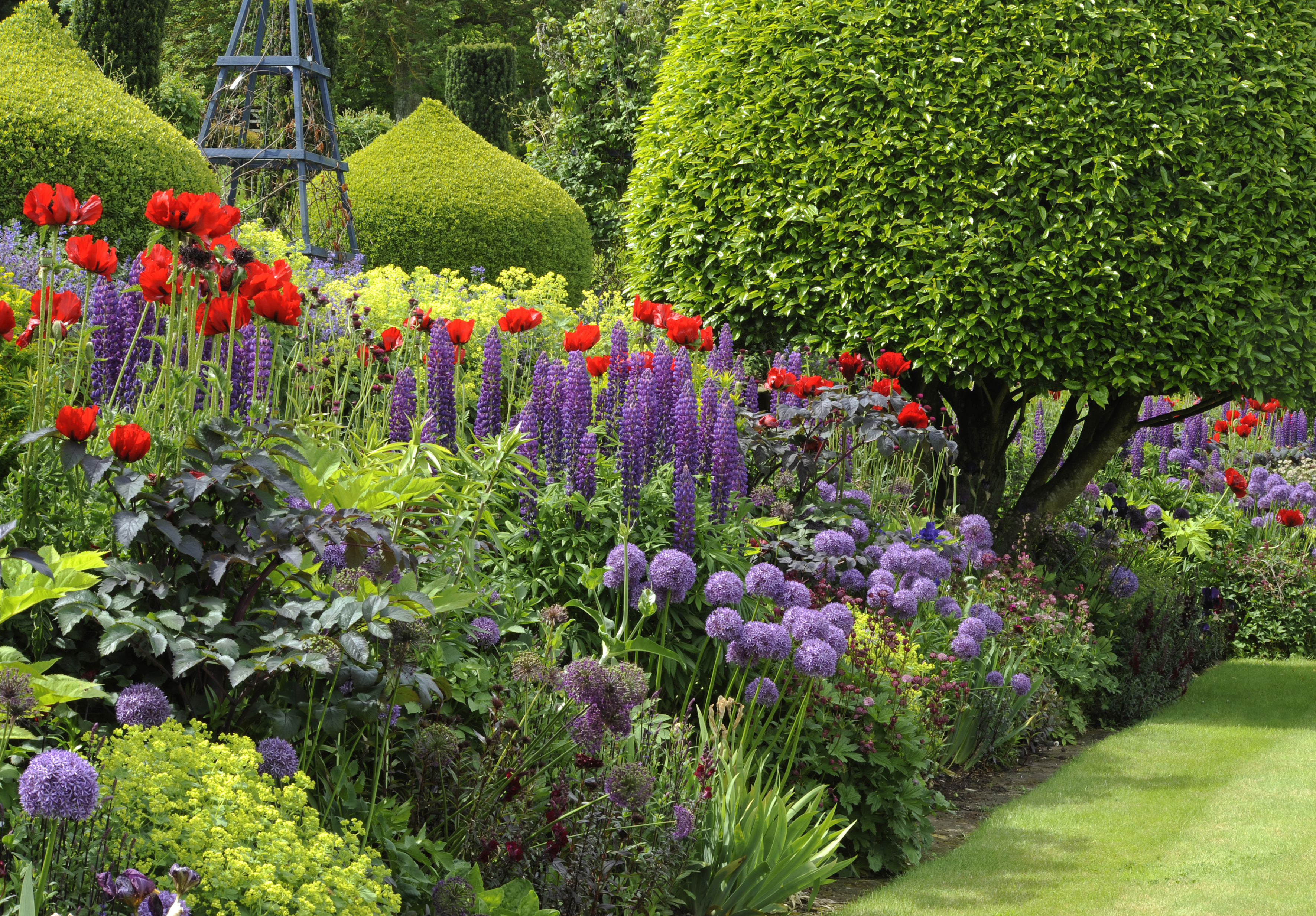Clematis: Don't plant climbers — plant clamberers
John Hoyland, the gardens adviser at Glyndebourne in East Sussex, on clematis.

As do most gardeners, I have a clear image of what I expect from a plant. Dahlias must be bright and bold, sweet peas overloaded with perfume and delphiniums the colour of a Mediterranean sky. Plant breeders and collectors may well become excited by pink delphiniums, unscented sweet peas or dwarf dahlias, but there is no place for them in my garden. I want plants that display the basic qualities that made them attractive in the first place. The exception I make is for non-climbing clematis: plants that have developed without the tendrils that allow the rest of the family to latch on to supports and climb skywards.
Although not as spectacular as their climbing cousins, they are tough, disease-resistant and with a long flowering period that is followed by attractive seed heads, precisely the sort of characteristics I look for in any plant. They can be staked or allowed to scramble through other herbaceous plants and shrubs, can act as ground cover, be grown in pots, or encouraged to sprawl over low walls. When it comes to pruning, you don’t have to remember which group they belong to: treat them as you would any other herbaceous perennial.
The best reference book about clematis, and one I often reach for, is Christopher Lloyd’s Clematis, written more than 50 years ago and still a good source of information. But Lloyd seems to have had a dislike of the herbaceous members of the genus, dismissing them in half a dozen pages with a barely concealed sneer. Not for the first time, I disagree with the great man: the ones I grow in my garden give me endless pleasure.
The first member of the family to make an appearance is Clematis recta, the shoots of which, slender as asparagus and with the force of peonies, thrust through the soil in late March or early April. Some cultivars have the same deep-purple colour as peony shoots and are a perfect partner to scillas, dwarf iris and other spring bulbs. The stems will eventually reach up to 4ft and, left unaided, will romp along the ground, finding support among adjacent plants. Grown against a fence, they will lean against it like a tired gardener seeking to soothe an aching back. My plants are surrounded by willow supports 2ft tall so the froth of tiny white flowers that appear in June can form a cloud over the entire plant. Don’t bundle the plant too tightly against its frame, but rather allow it to support itself naturally. The flowers are sweetly scented and followed by silvery pom-pom-plumed seedheads typical of the clematis family.

Lloyd wrote that he found Clematis recta dull and ‘tiresome’. Since he was writing, several cultivars have been introduced which might have changed his mind. C. recta Serious Black (also known as Lime Close) has dark purple foliage that matures to a smokey olive green during late summer. I have planted it behind Salvia x jamensis ‘California Sunset’, the peachy-orange flowers of which sparkle against the dark foliage of the clematis. There are also some fiery helenium in among them, although, after the heat and drought of this summer, they are miserable specimens and will have to be pulled out. In the late spring, the dark foliage is partnered to striking effect with orange tulips. This year it was Tulip ‘Ballerina’ and, next season, I plan an extravagant parrot type called ‘Orange Favourite’.
If you find the blossom of Clematis recta too understated, have a look at the more flamboyant flowers of C. integrifolia. The slim buds, in the form of a swan’s neck, twist open to a nodding bell-shaped flower with a central boss of velvety stamens. Some cultivars have a mild scent and grow to about 3ft tall with flowers from June to September. I have one (name long forgotten) with indigo flowers that crawls its way through the silver foliage of Elaeagnus ‘Quicksilver’. At Glyndebourne, a paler cultivar, ‘Ozawa’s Blue’, weaves its way among alliums to tumble over a low wall.
The heracleifolia forms have woody stems and one of its hybrids, Clematis x jouiniana ‘Praecox’, is the best clematis for ground cover. It cavorts in all directions and its tough stems are smothered with clusters of mauve-tinged flowers from midsummer to September. I’ve seen it growing in full sun, but mine carpet the ground under the dappled shade of silver birches. The rays of late summer sunshine lighting the flowers against the polished bark of the birch create a wonderful sight.
Exquisite houses, the beauty of Nature, and how to get the most from your life, straight to your inbox.

John Hoyland: The flowers to grow to create your own dye — just as they do at Glyndebourne
John Hoyland, gardens advisor at Glyndebourne, on the extraordinary dye garden that is now being used to create costumes for

Credit: Alamy Stock Photo
John Hoyland: The tree planting blunder that kicked off my long line of gardening mistakes
When it comes to trees, says John Hoyland, the more the merrier — but only within reason.

Why gardeners should keep buying plants online — and seven of the most trustworthy nurseries
Our nurseries and garden centres are among the many business facing a catastrophic spring and summer, just at the time

Umbellifers: The plants with 'bold structure' with soft, frothy flowers that have an ethereal quality
Their frothing flower heads and bold structure give a relaxed country feel to any garden, but John Hoyland — gardens advisor